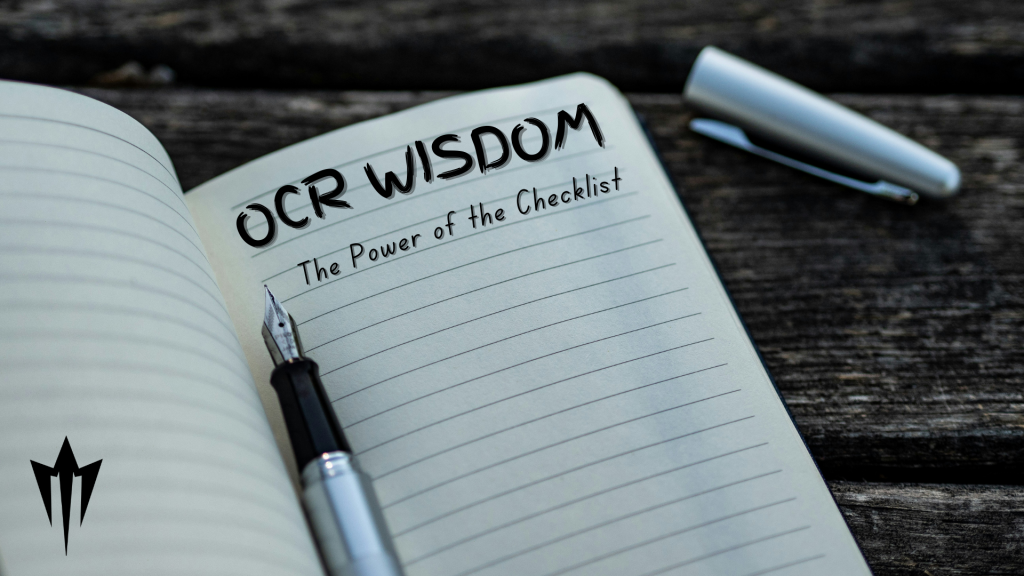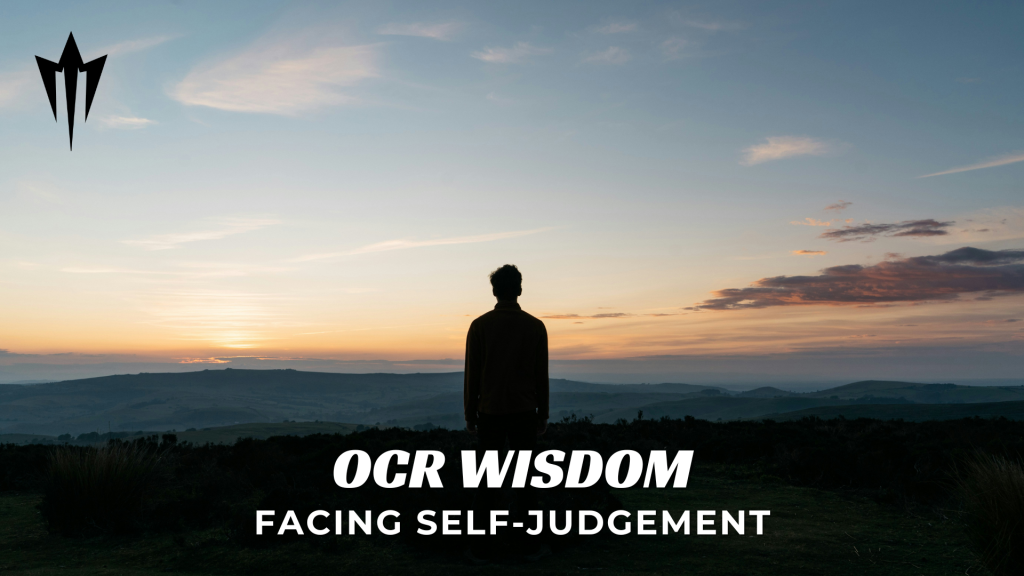We often find ourselves trapped in a cycle of routine, performing the same actions day in and day out. Yet, many of us desire change—whether it’s in our careers, relationships, or personal growth. But how can we expect different outcomes if we continue to live the same day repeatedly? The old saying, “the definition of insanity is doing the same thing over and over again and expecting different results,” captures this paradox perfectly. If we want to transform our lives, we must first examine our daily habits and understand how they shape our reality.
The Mirror of Habit
Imagine your daily routine. You wake up each morning, look at yourself in the mirror, and see a familiar reflection. That reflection not only shows your physical appearance but also serves as a reminder of who you are and the life you lead. You then proceed with your day, perhaps eating the same breakfast, drinking the same cup of coffee, and heading to the same job you’ve done for years. After work, you rush through dinner to get to your favorite TV show, only to rush to bed so you can wake up and do it all over again the next day.
When we live on autopilot, our actions reinforce the person we’ve always been. This repetition keeps us stuck in the same patterns, limiting our potential for growth and change.
Breaking the Habit of Being Yourself
In Dr. Joe Dispenza’s book, Breaking the Habit of Being Yourself, he delves deep into this idea. Chapter 2, in particular, discusses how our thoughts, feelings, and behaviors create a loop that locks us into our current reality. Dispenza argues that if we want to change, we must first break free from the habits that define us.
He explains that every thought we think sends a signal to the body, and every feeling we experience as a result of those thoughts sends a signal back to the brain, creating a feedback loop. This loop dictates our actions, and over time, these actions become ingrained as habits. These habits then shape our personality and, ultimately, our personal reality.
The Power of Awareness
The first step in changing this cycle is awareness. Dispenza emphasizes the importance of becoming conscious of our thoughts, emotions, and behaviors. By observing ourselves without judgment, we can begin to see the patterns that no longer serve us.
For example, if you notice that every morning you start your day with negative thoughts about your job, recognize that this habit is influencing how you experience the rest of your day. Once you’re aware of this pattern, you can make a conscious effort to change it. Perhaps you start by practicing gratitude or setting a positive intention for the day instead.
Creating a New Reality
Changing our daily actions requires intention and effort. It means stepping out of our comfort zones and doing things differently, even if it’s uncomfortable at first. This might involve taking up new activities that align with the person you want to become, such as exercising, meditating, or learning something new. It could also mean breaking free from the routines that no longer serve you, like watching less TV or spending less time on social media.
As you begin to make these changes, you’ll notice that your reality starts to shift. Your new actions will create new experiences, which will, in turn, reinforce new thoughts and feelings. Over time, these new habits will shape a new version of yourself, one that is aligned with the life you want to create.
Conclusion
If we wish to change our lives, we must first change our actions. By breaking the cycle of repetitive habits and embracing new behaviors, we can transform our reality. The journey isn’t easy, but with awareness and commitment, we can break the habit of being ourselves and step into a new, more fulfilling life.



